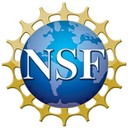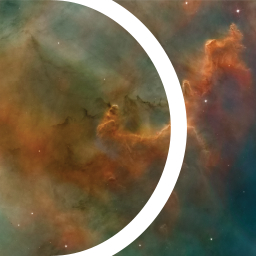About
|
The Dragonfly Telephoto Array is a novel telescope concept designed to image large and extremely faint structures in the night sky. These structures hold important clues to the distribution and nature of dark matter, the elusive substance whose contribution to the total mass-energy density of the Universe is five times higher than that of normal matter. These structure are hard to see with conventional telescopes due to a combination of scattered light from bright stars and their mosaicked detectors. Dragonfly harnesses the power of commercially-available high-end telephoto lenses to address these issues. The latest generation of Canon 400 mm f/2,8 lenses have superb anti-reflection properties, owing to one of the first applications of nano-fabricated coatings with sub-wavelength structures on optical glasses. Furthermore, each lens is equipped with a single monolithic wide-field detector covering six square degrees, and with multiple redundant lines of sight Dragonfly achieves extremely accurate modeling of the night sky emission.
|
Commissioned in 2013 with three lenses, the array currently consists of 48 lenses in two clusters of 24. Optically the telescope functions as the equivalent of a 1.0 m diameter refractor with a focal ratio of f/0.4, the largest and by far the most sensitive lens telescope in existence. "Behind the scenes" innovations include the use of AI planning tools to optimize nightly operations and survey design, unit-based basic data processing with compute sticks, the application of Internet of Things operational protocols to communicate with the 48 lenses, and fully automated gate-driven cloud-based data analysis. Our dual goals are to:
1. Improve our understanding of dark matter through study of the low surface brightness universe 2. Harness the potential of distributed telescopes, combined with advances in information technology, for transformational science |
Dragonfly Science
Originally built to test whether all spiral galaxies like the Milky Way are embedded in extensive debris fields caused by past accretion events, the Dragonfly science program has rapidly expanded into other areas. Besides the study of galaxy halos around Milky Way like galaxies and edge-on systems we are studying faint field dwarfs, low luminosity galaxies in groups, light echos, and many other low surface brightness phenomena. The study of very large, low surface brightness galaxies has taken on a life of its own after Dragonfly discovered many of these systems in the Coma cluster. These "ultra diffuse galaxies" have the sizes of large galaxies such as the Milky Way but 100-1000 times fewer stars. Follow-up studies are providing tantalizing clues to the distribution and nature of dark matter,








